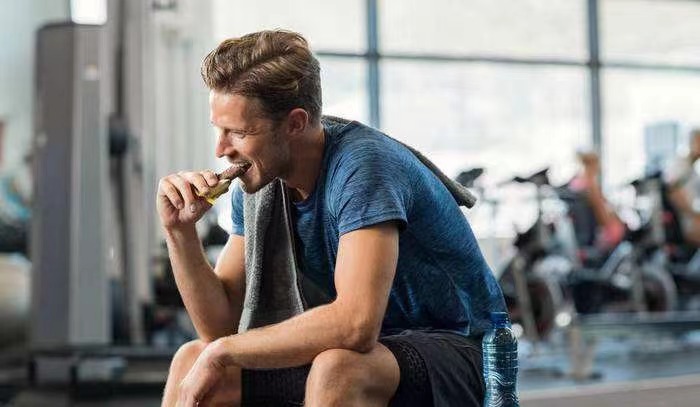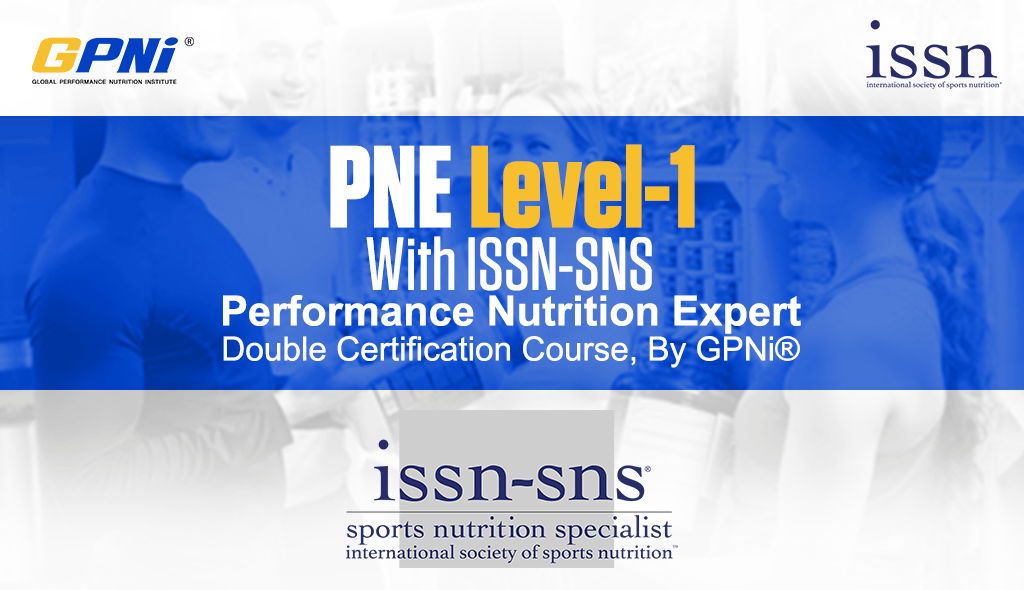
Q:What do HIIT workouts, cyclocross, lifting weights, and 100 mile days have in common?
A:They all require fueling that matches the effort.
Performance Advantages
Energy demands during workouts are unique and should be filled with the right fuel. This means carbohydrate (CHO) form, timing, and amount should match exercise duration and intensity. There are several benefits when planning CHO intake during exercise lasting over 30 min.:
- Improve performance
- Delay fatigue
- Avoid sudden severe fatigue
- Prevent overeating
- Increase recovery
CHO fueling strategies, including oral rinsing and/or intake during exercise, have been shown to help regulate blood sugar levels, spare glycogen, and reduce fatigue. [1, 2].

The picture originates from the internet
Fast Carbs Are Simple
Simple, i.e., high glycemic CHO are easily digested, absorbed, and quickly available as a fuel source. This is especially important during exercise when gut function is challenged. While exercising, choose rapidly absorbed CHO, like glucose, sucrose, maltodextrin, amylopectin, and white rice. Avoid high-fiber foods like many vegetables, fruits, and whole grains during exercise.
Skip the Carbs
Shorter efforts lasting 30 min. or less don’t require CHO intake during exercise.

Swish and Spit
It may not be necessary to eat or drink CHO during exercise lasting up to 90 min. During this time frame, CHO mouth rinses lead to performance gains similar to carbohydrate ingestion [3]. Simply swish a CHO liquid for 10 sec., then spit every 5-10 min. during exercise.
At 60 Minutes
Plan to consume (not swish and spit) 30-60g/h of CHO divided throughout the duration of moderate to intense exercise. CHO should be high glycemic and either single source or multiple transportable carbohydrates (see next section for more information).
Moderate intensity = 65–70% VO2max
High intensity = >70% VO2max
Moderate to High resistance = 3 to 4 sets using ~ 6–20 repetition maximum
The general recommendation from the ISSN: “Extended (> 60 min) bouts of high intensity (> 70% VO2max) exercise challenge fuel supply and fluid regulation, thus carbohydrate should be consumed at a rate of ~30–60 g of carbohydrate/h in a 6–8% carbohydrate-electrolyte solution (6–12 fluid ounces) every 10–15 min throughout the entire exercise bout, particularly in those exercise bouts that span beyond 70 min.” [1]. This position is mirrored by the American College of Sports Medicine (ACSM).
There are conflicting study results on CHO intakes during exercise lasting 60–75 min. For this time frame, fueling with a CHO rinse or consuming 30 g/h may be best left up to individual preference. After 90+ min. of moderate to intense exercise, studies consistently agree that CHO intake is necessary.
Getting Complex
The demand for fuel begins to change during longer endurance bouts. At 2 or more hours of exercise, absorption of a single CHO form becomes difficult because intestinal transporters become overwhelmed. Adding a second carb that utilizes a different transporter—i.e., multiple transportable carbohydrate—for absorption is a way to “double up” to increase CHO utilization and reduce the chance of GI upset [4]. Common examples of multiple transportable carbohydrate combinations are: glucose:fructose, maltodextrin:fructose, and glucose:sucrose.
How-To

Table 1: Carbohydrate (CHO) recommendations during workout
WOD Duration | How To Fuel With CHO |
<30 min. | Not needed |
<75 min. | Rinse |
>60 min. | Consume 30-60 g/h single or multi source CHO |
>2 hours | Consume 60-90 g/h multi source CHO |
>2.5 hours | Consume 90 g/h multi source CHO |
The Maximum
CHO utilization during exercise is not unlimited. The maximum levels of CHO consumption during exercise is driven by absorption limits and GI tolerance. Too many CHO, especially from a single transportable source, may lead to gastrointestinal cramping and discomfort without any additional performance gains. Gut training to tolerate higher levels of CHO during exercise may allow an athlete to increase intake up to the recommended maximum amount.
Maximum CHO amounts that a body can utilize:
- 60 g/h of a single CHO
- 90g/h of mixed transportable CHO for endurance efforts
Limitations of Fueling During Exercise
There are many variables that can affect an athlete’s utilization of CHO. Overall recovery level and hydration can limit or enhance CHO intake. Fueling demands may change when an athlete is in a fasted or fed state or when competing in excessive heat.
It is easy to see why there are numerous studies with conflicting or inconclusive findings. Most studies were done on males with a small sample size. Additional studies are needed for female athletes because they oxidize (metabolize) fat and CHO at different rates. Data are limited on the needs of strength-power sport athletes, who may need a lower CHO intake. There are gaps in the available data on different combinations of CHO, adding electrolytes, protein and/or caffeine to CHO.

Conclusion
During exercise, CHO intake is critical to fuel an athlete’s efforts. Personalizing CHO form, timing, and amount improves some performance metrics and minimizes GI issues. Understand what works for each individual, using these suggestions as the basic framework. CHO needs throughout an exercise session are dynamic. It is an arc where CHO are not needed for short workout durations; CHO rinses or consumption for middle durations; then, a combination of CHO sources for efforts lasting 2 or more hours.
Additional information on consuming carbohydrates during exercise can be found at: https://link.springer.com/article/10.1007/s40279-014-0148-z

By: Melisa Shays, ND, LAc, CISSN
Sources
- Kerksick, M.,Arent, S., Schoenfeld, B. J., Stout, J. R., Campbell, B., Wilborn, C. D., Taylor, L., Kalman, D., Smith-Ryan, A. E., Kreider, R. B., Willoughby, D., Arciero, P. J., VanDusseldorp, T. A., Ormsbee, M. J., Wildman, R., Greenwood, M., Ziegenfuss, T. N., Aragon, A. A., & Antonio, A. (2017). International society of sports nutrition position stand: nutrient timing. Journal of the International Society of Sports Nutrition, 14:1, DOI: 10.1186/s12970-017-0189-4
- Dennis, C., Noakes, T. D., & Hawley, J. A. (1997). Nutritional strategies to minimize fatigue during prolonged exercise: Fluid, electrolyte and energy replacement. Journal of Sports Sciences, 15:3, 305-313, DOI: 10.1080/026404197367317
- Jeukendrup, A. (2014). A Step Towards Personalized Sports Nutrition: Carbohydrate Intake During Exercise. Sports Med44, 25–33 https://doi.org/10.1007/s40279-014-0148-z
- Jeukendrup, A. E. (2008). Carbohydrate feeding during exercise, European Journal of Sport Science, 8:2, 77-86, DOI: 1080/17461390801918971







